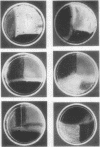Abstract
A description is given of two methods of measuring combined antibiotic bactericidal action: a test in liquid medium with subculture and the cellophane transfer method.
It is emphasized that information so obtained is necessary in order to predict the effect of combined treatment, particularly in bacterial endocarditis due to organisms not fully sensitive to penicillin. Eight case histories are given, in all of which such a prediction was fulfilled, one of failure and seven of success from the use of five different combinations.
The cellophane transfer method was applied to the study of the nature of combined antibiotic action on multiple strains of several bacterial species. The results were rarely uniform for any given combination and species: the necessity for individual tests as a guide to treatment is thus confirmed.
Modifications of the theory of combined action formulated by Jawetz are proposed.
Full text
PDF

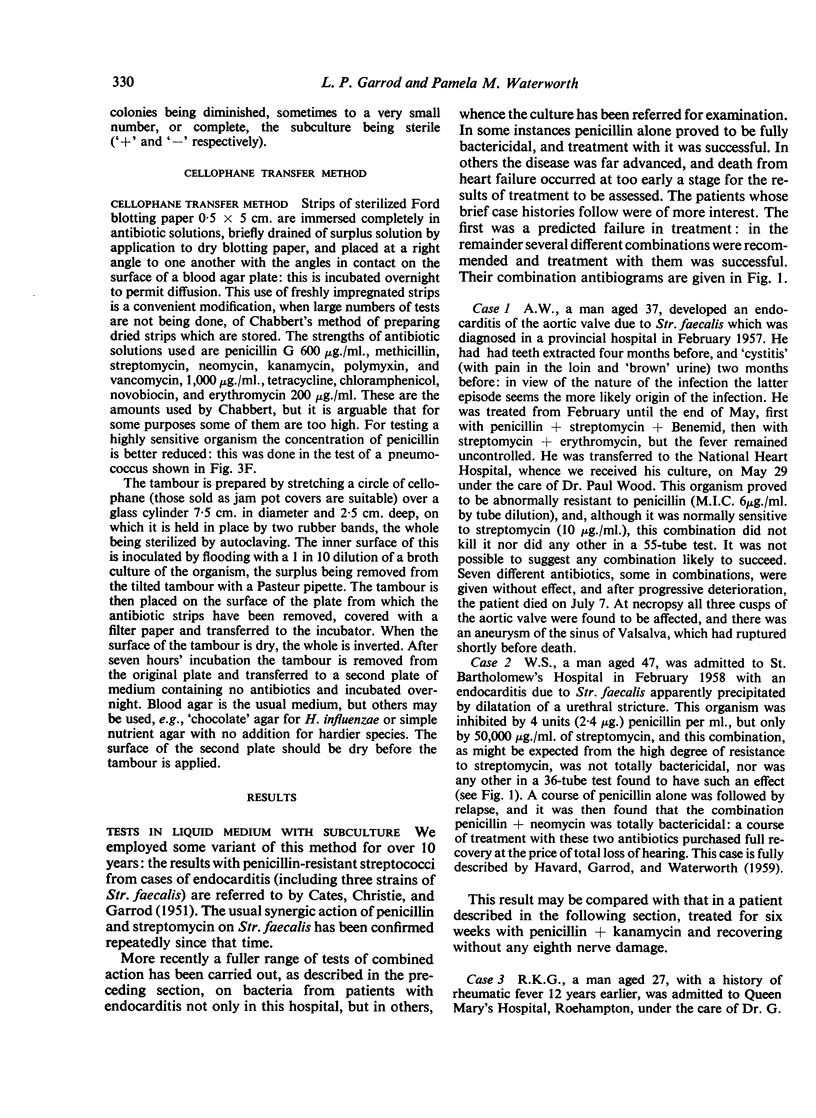

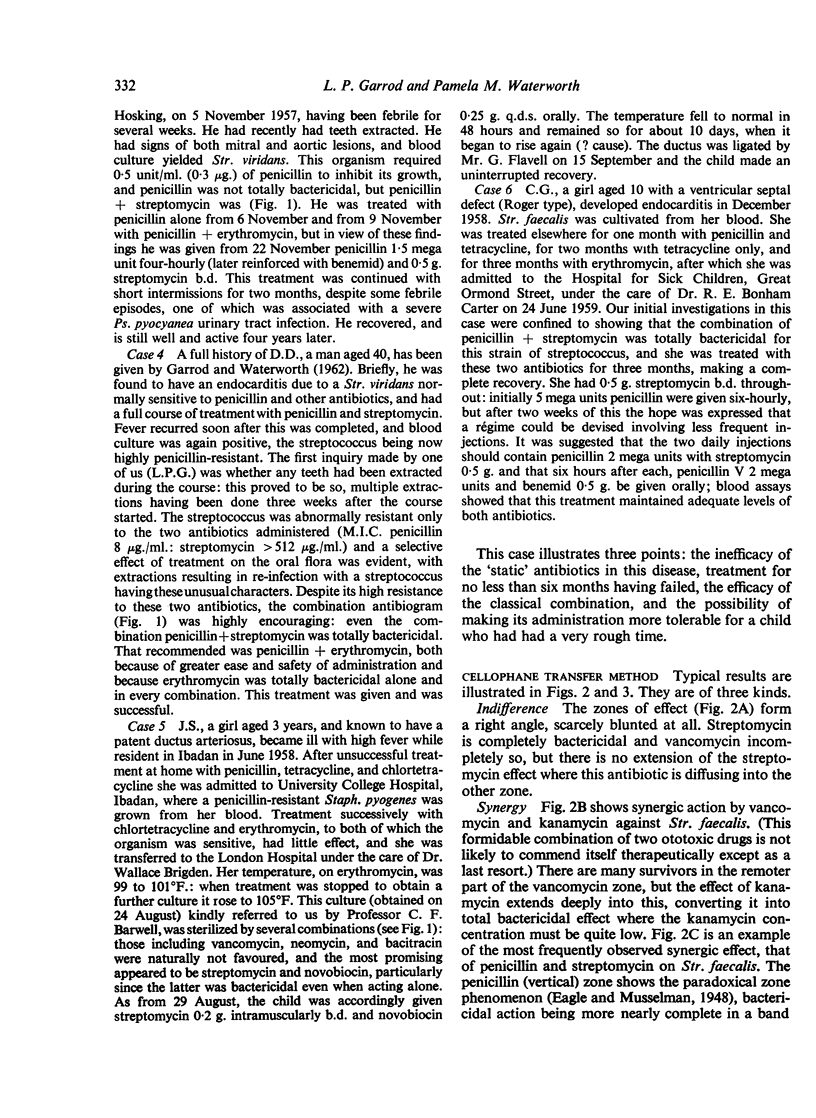


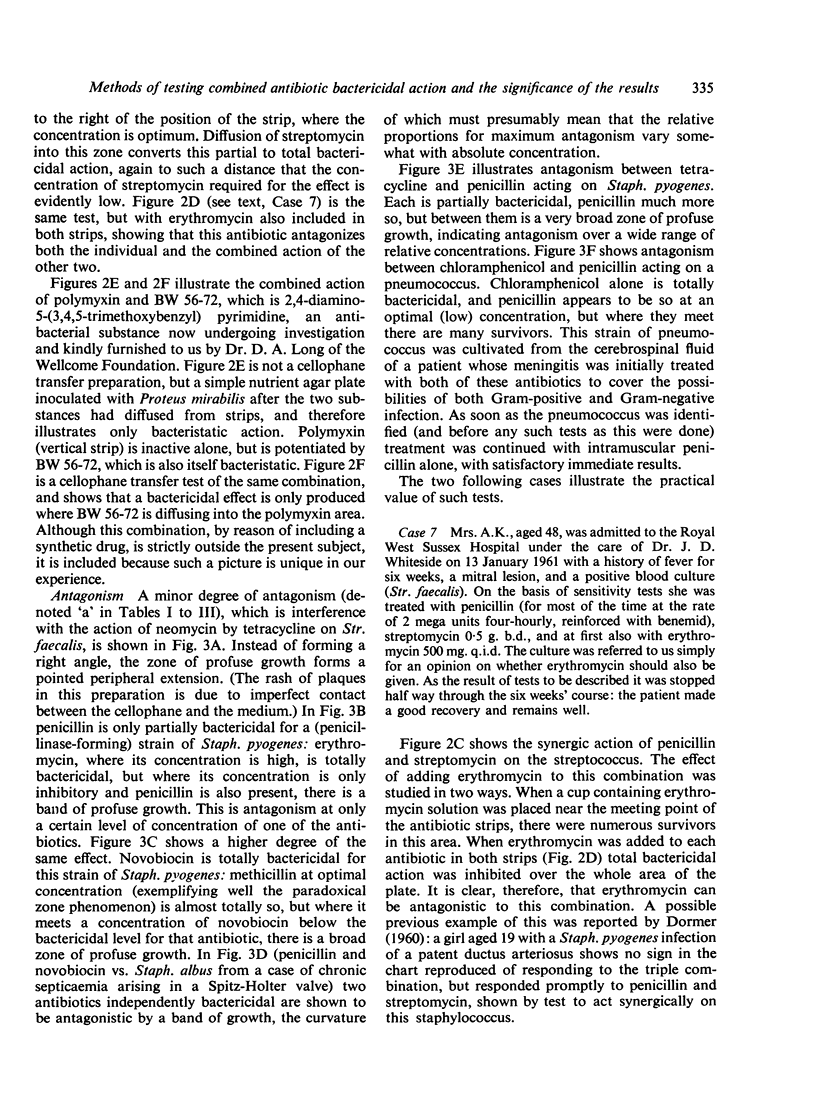

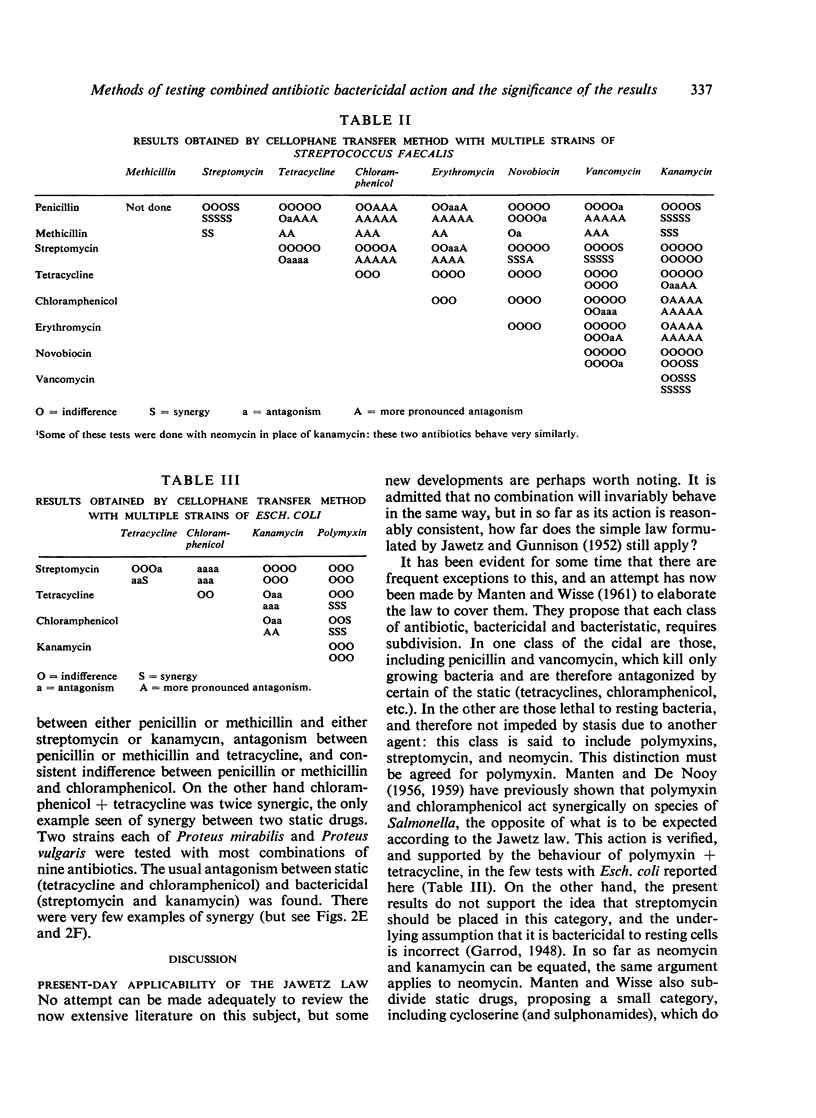

Images in this article
Selected References
These references are in PubMed. This may not be the complete list of references from this article.
- CATES J. E., CHRISTIE R. V., GARROD L. P. Penicillin-resistant subacute bacterial endocarditis treated by a combination of penicillin and streptomycin. Br Med J. 1951 Mar 31;1(4708):653–656. doi: 10.1136/bmj.1.4708.653. [DOI] [PMC free article] [PubMed] [Google Scholar]
- CHABBERT Y. Action des associations d'antibiotiques sur les germes aérobies. Ann Inst Pasteur (Paris) 1953 Mar;84(3):545–561. [PubMed] [Google Scholar]
- DE NOOY J. A., MANTEN A. The activity of some antibiotic combinations on Salmonella. Antonie Van Leeuwenhoek. 1956;22(3):231–236. doi: 10.1007/BF02538332. [DOI] [PubMed] [Google Scholar]
- DORMER A. E. The treatment of bacterial endocarditis. Br Med Bull. 1960 Jan;16:61–66. doi: 10.1093/oxfordjournals.bmb.a069794. [DOI] [PubMed] [Google Scholar]
- ELEK S. D., HILSON G. R. Combined agar diffusion and replica plating techniques in the study of antibacterial substances. J Clin Pathol. 1954 Feb;7(1):37–44. doi: 10.1136/jcp.7.1.37. [DOI] [PMC free article] [PubMed] [Google Scholar]
- GARROD L. P. Combined chemotherapy in bacterial infections. Br Med J. 1953 May 2;1(4817):953–957. doi: 10.1136/bmj.1.4817.953. [DOI] [PMC free article] [PubMed] [Google Scholar]
- HAVARD C. W., GARROD L. P., WATERWORTH P. M. Deaf or dead? A case of subacute bacterial endocarditis treated with penicillin and neomycin. Br Med J. 1959 Mar 14;1(5123):688–689. doi: 10.1136/bmj.1.5123.688. [DOI] [PMC free article] [PubMed] [Google Scholar]
- JAWETZ E., GUNNISON J. B., COLEMAN V. R., KEMPE H. C. A laboratory test for bacterial sensitivity to combinations of antibiotics. Am J Clin Pathol. 1955 Sep;25(9):1016–1031. doi: 10.1093/ajcp/25.9.1016. [DOI] [PubMed] [Google Scholar]
- JAWETZ E., GUNNISON J. B., COLEMAN V. R. Observations on the mode of action of antibiotic synergism and antagonism. J Gen Microbiol. 1954 Apr;10(2):191–198. doi: 10.1099/00221287-10-2-191. [DOI] [PubMed] [Google Scholar]
- LEDERBERG J., LEDERBERG E. M. Replica plating and indirect selection of bacterial mutants. J Bacteriol. 1952 Mar;63(3):399–406. doi: 10.1128/jb.63.3.399-406.1952. [DOI] [PMC free article] [PubMed] [Google Scholar]
- MARTIN R., SUREAU B., CHABBERT Y. Intérêt au cours des maladies microbiennes de l'étude du pouvoir bactéricide des antibiotiques sur les germes; l'association antibiotique de choix. Bull Mem Soc Med Hop Paris. 1952 Nov 21;68(32-33):1192–1201. [PubMed] [Google Scholar]




